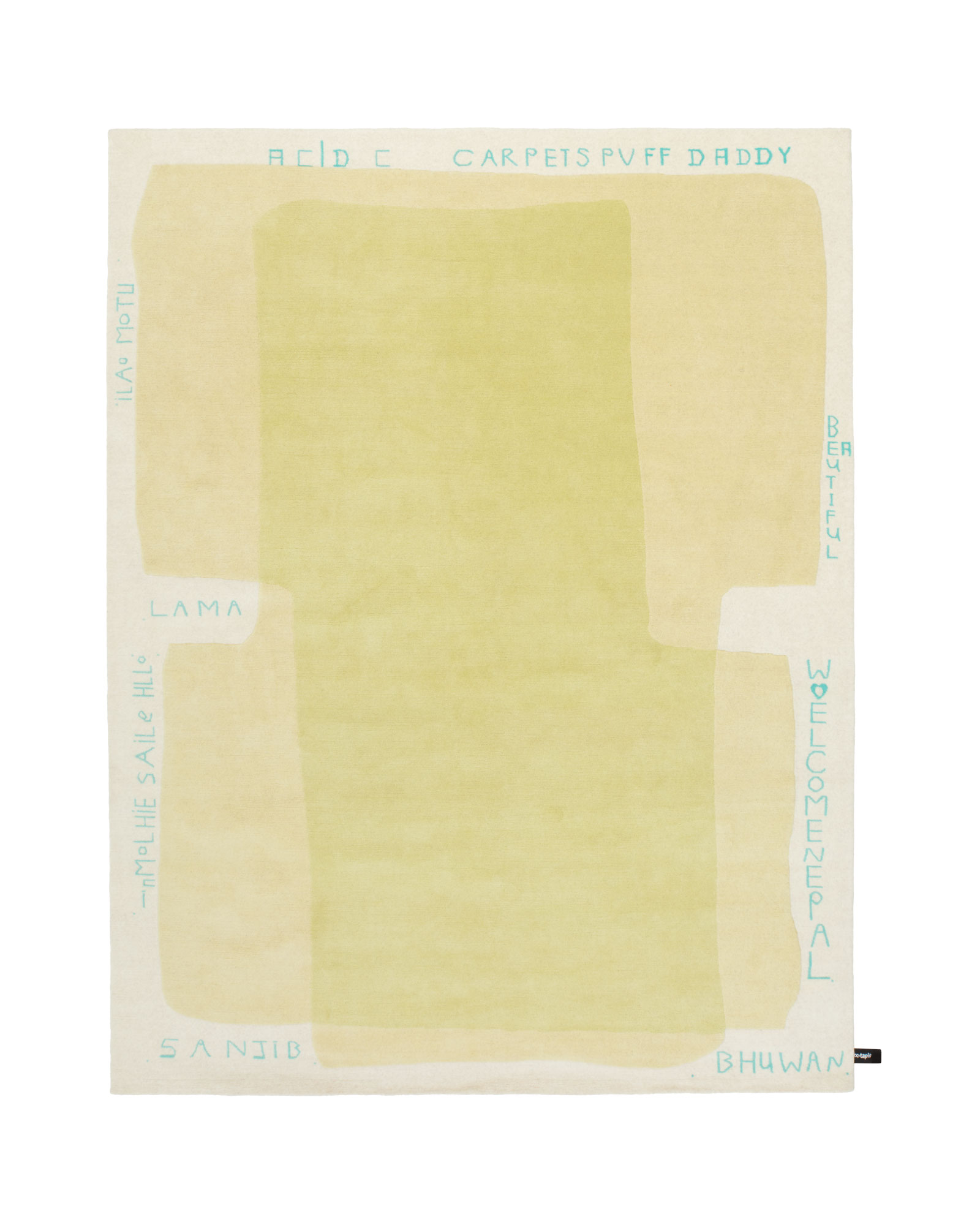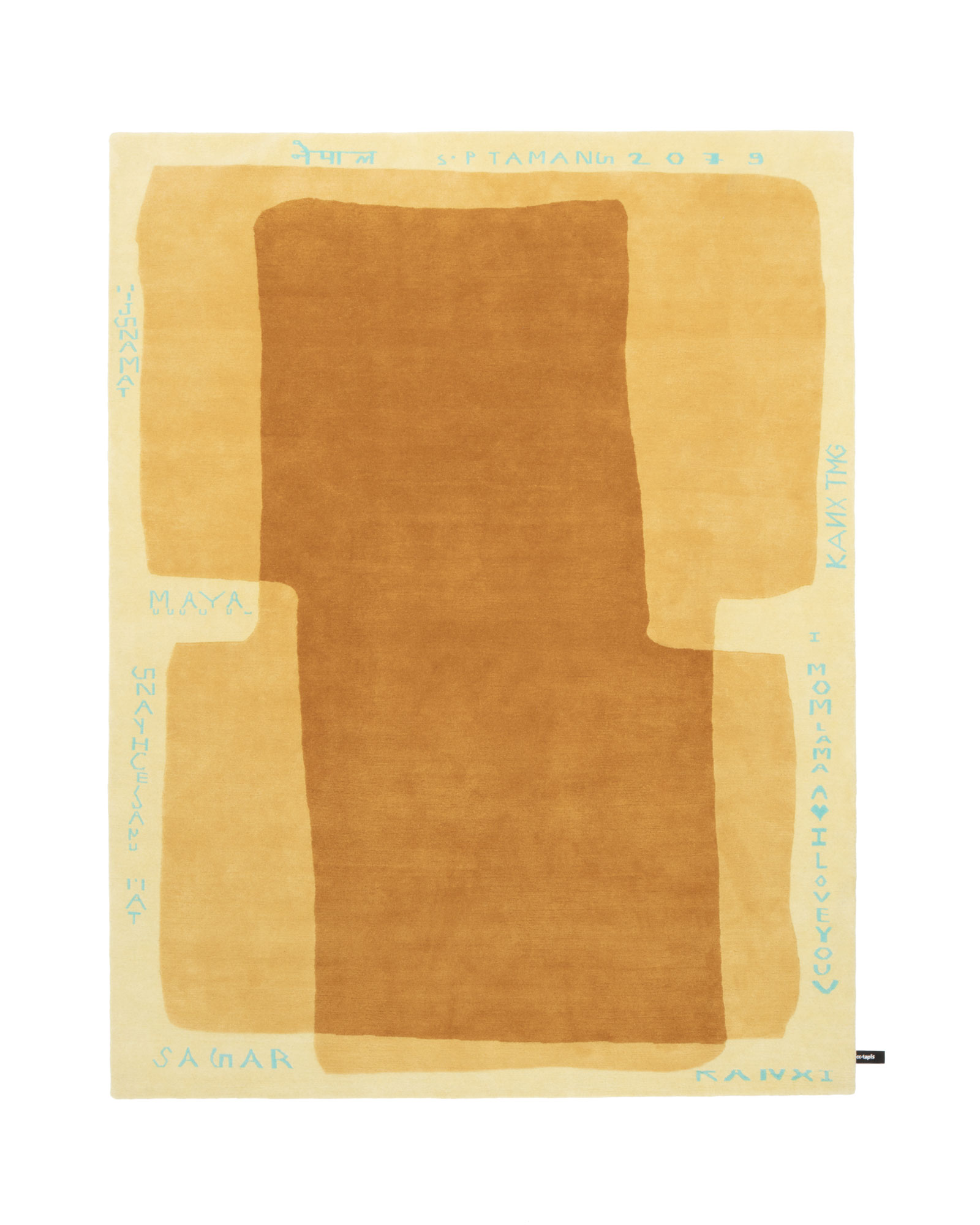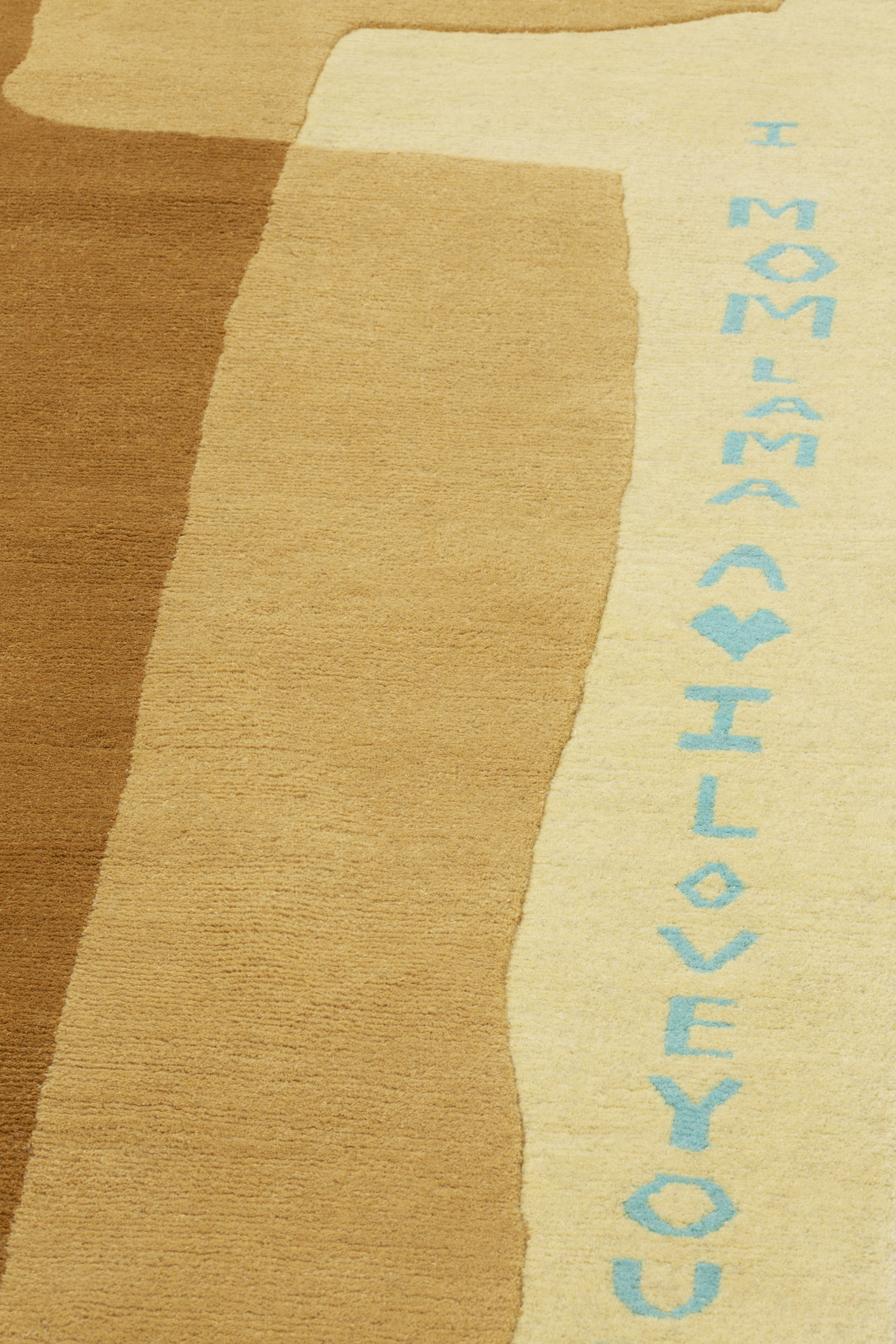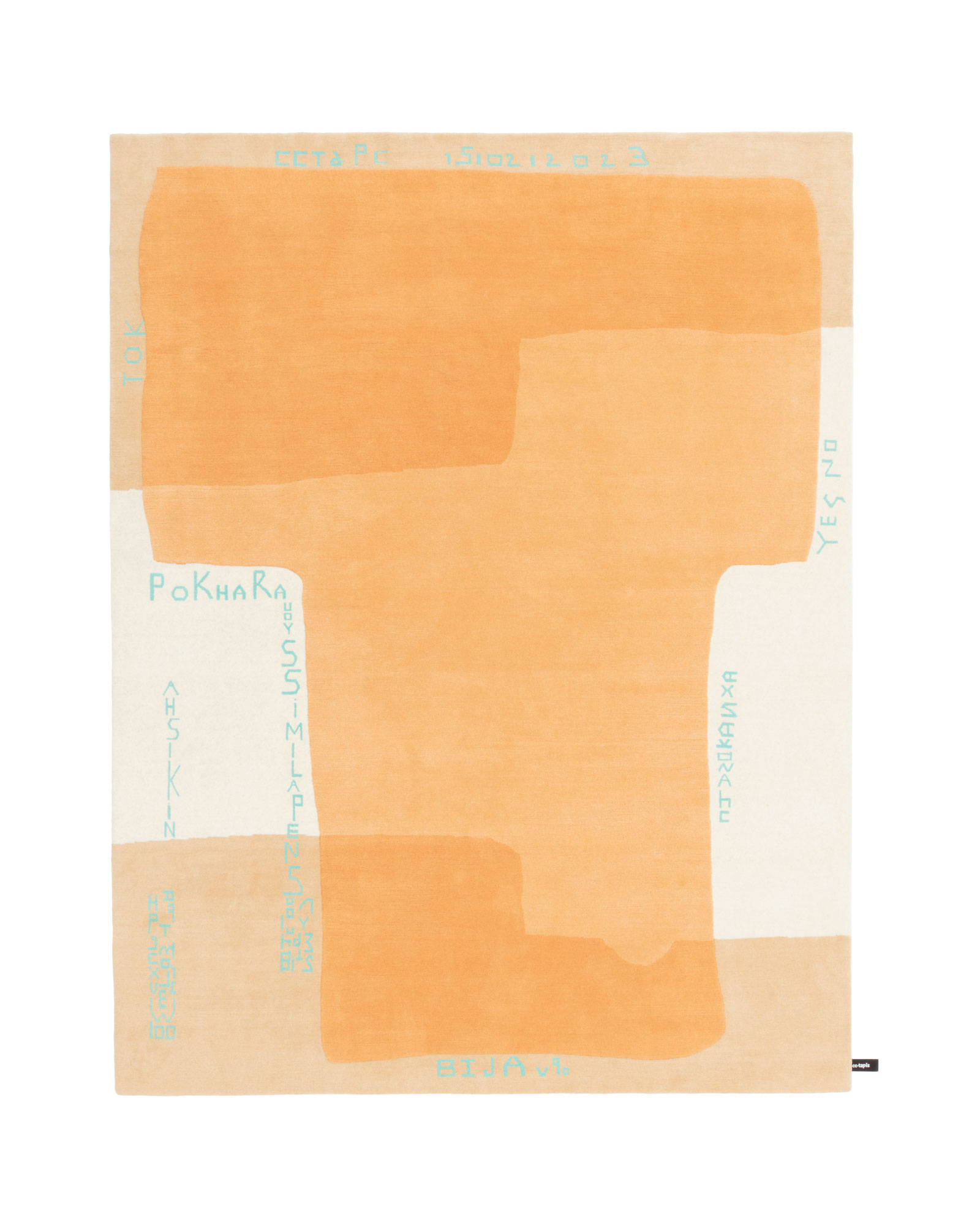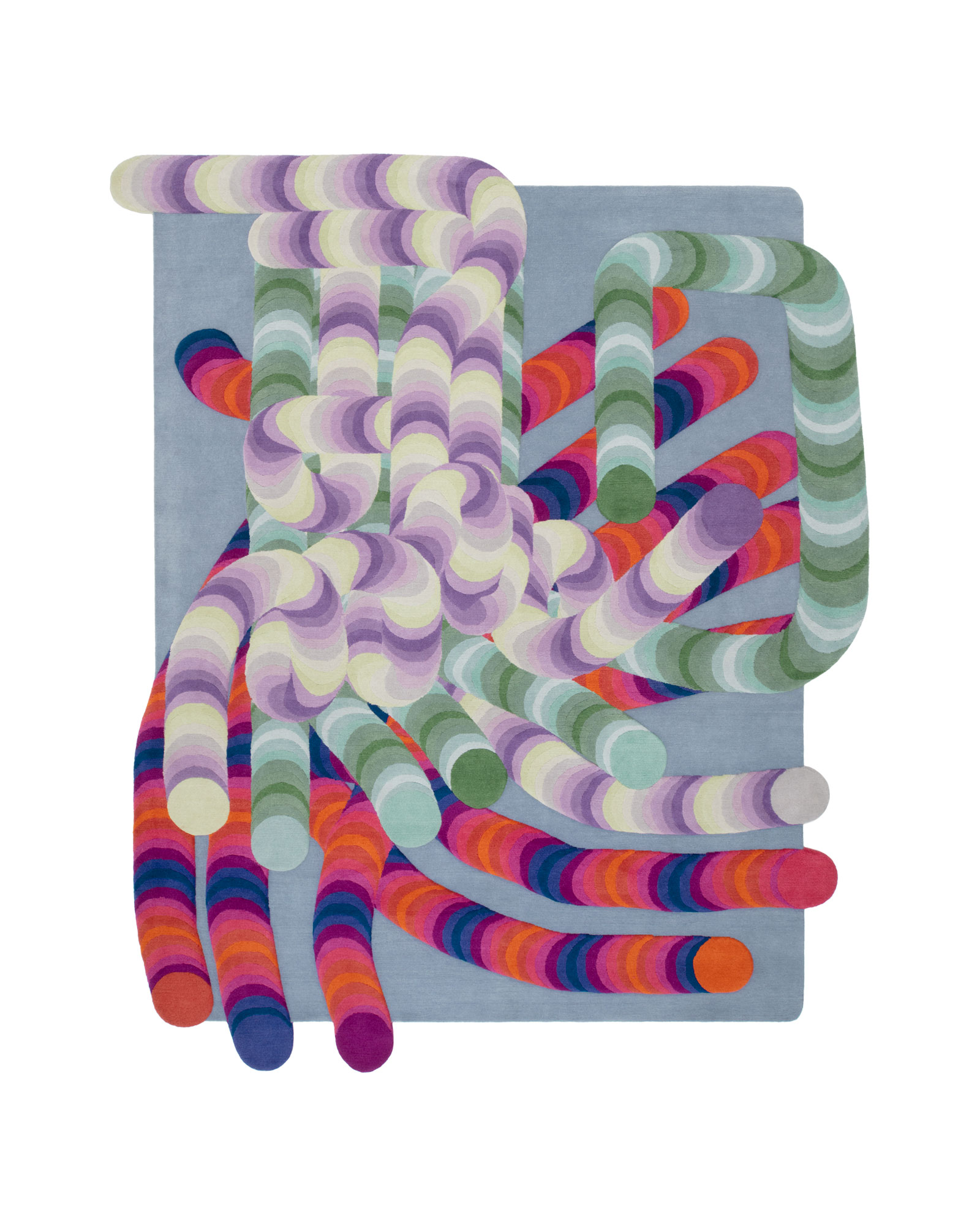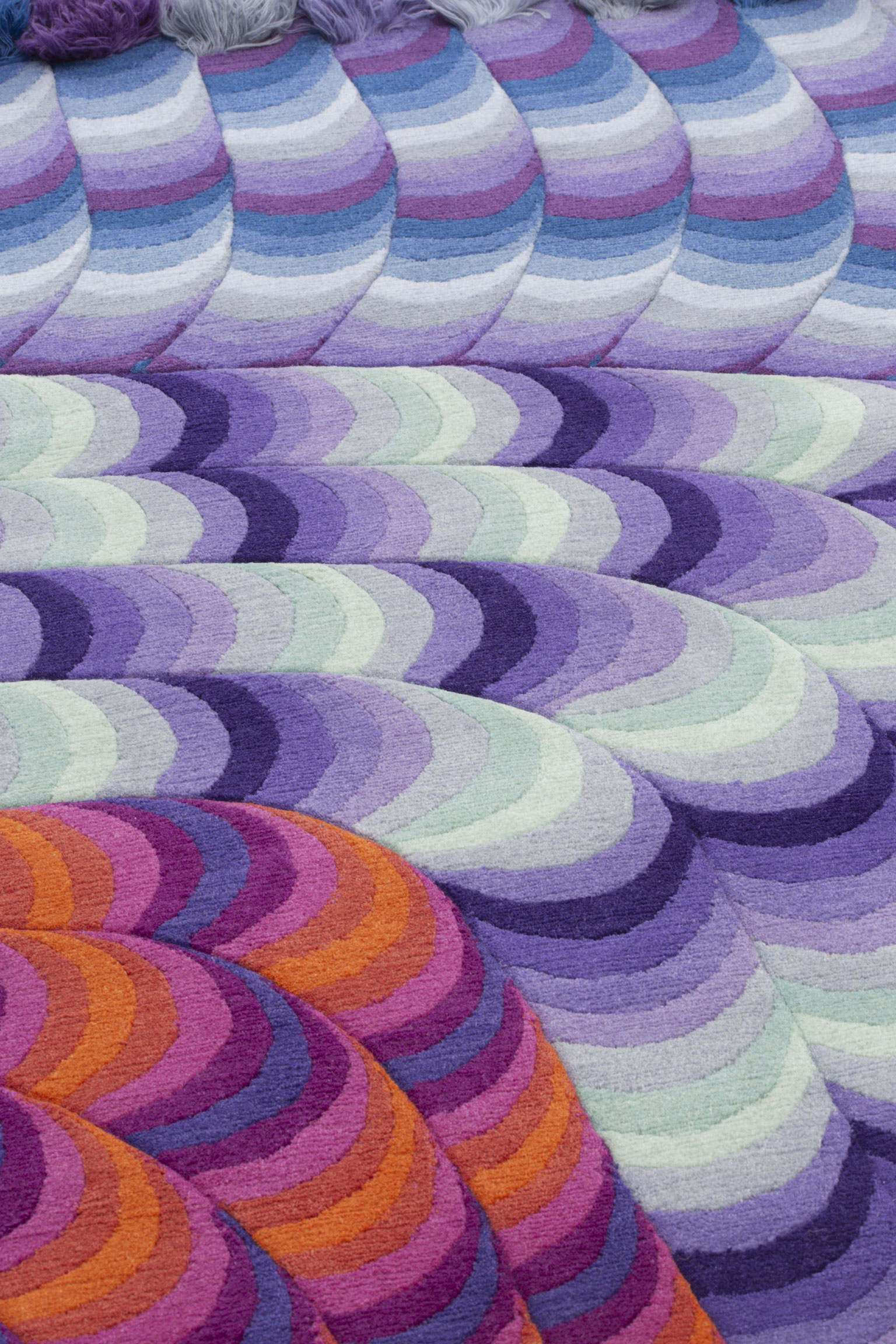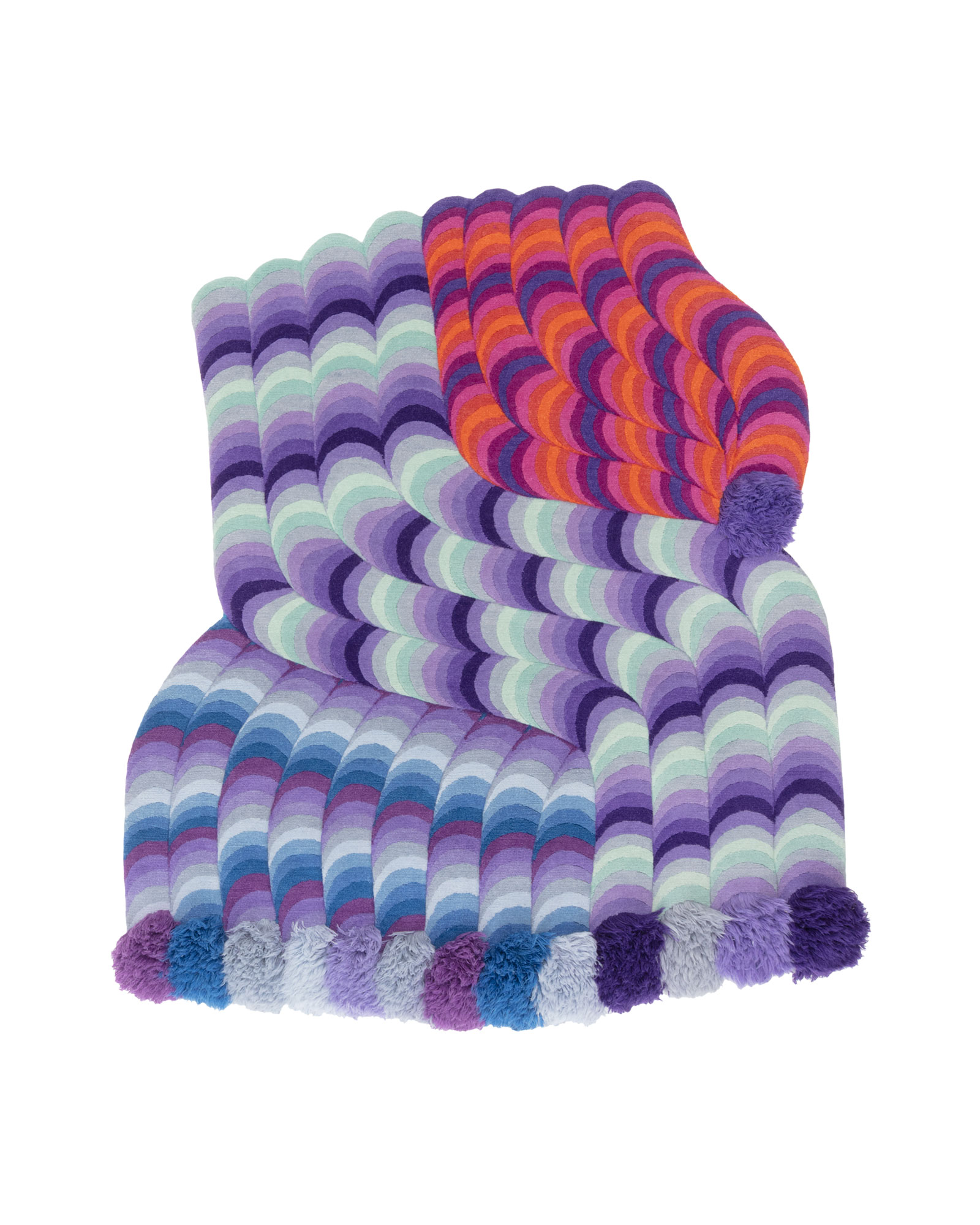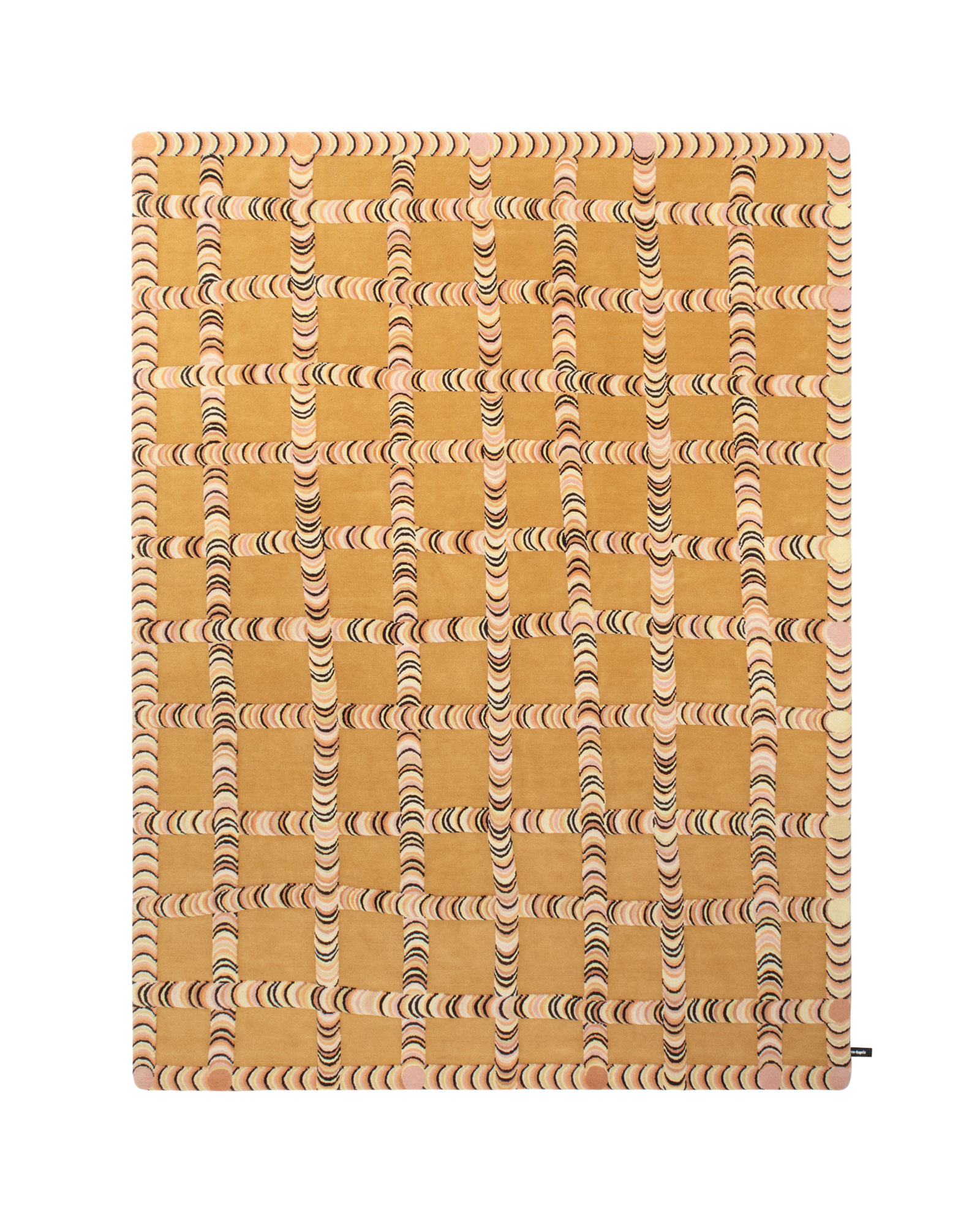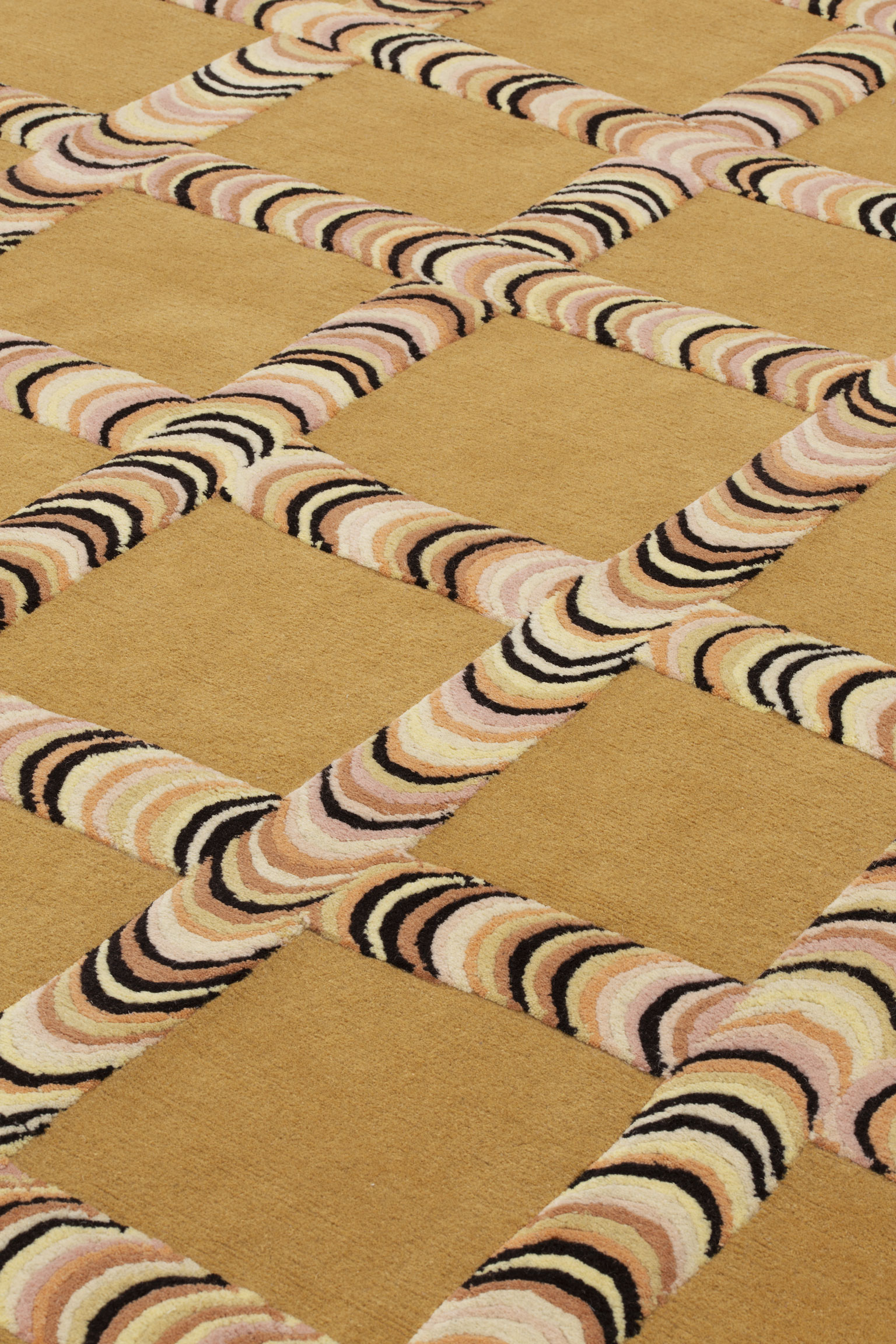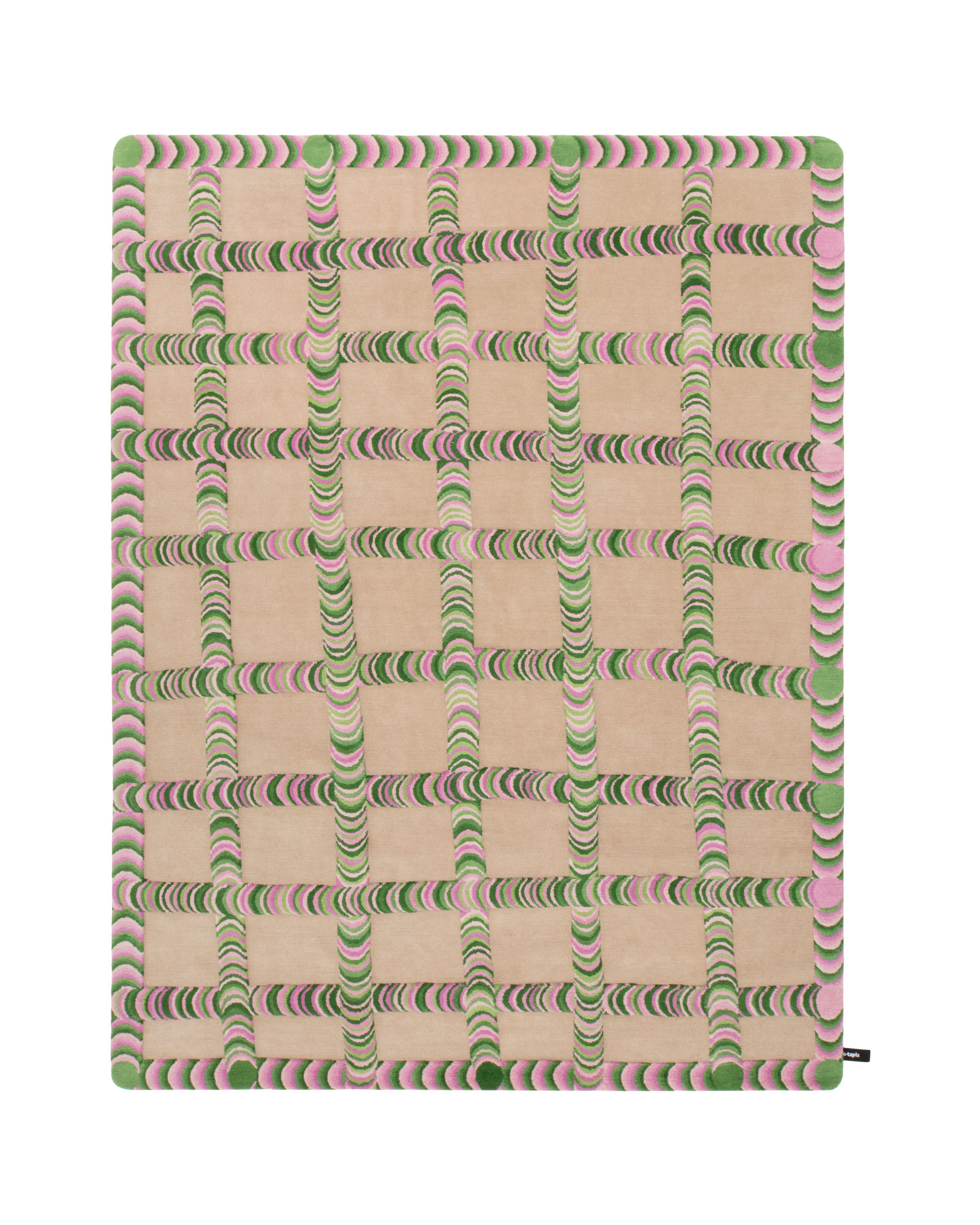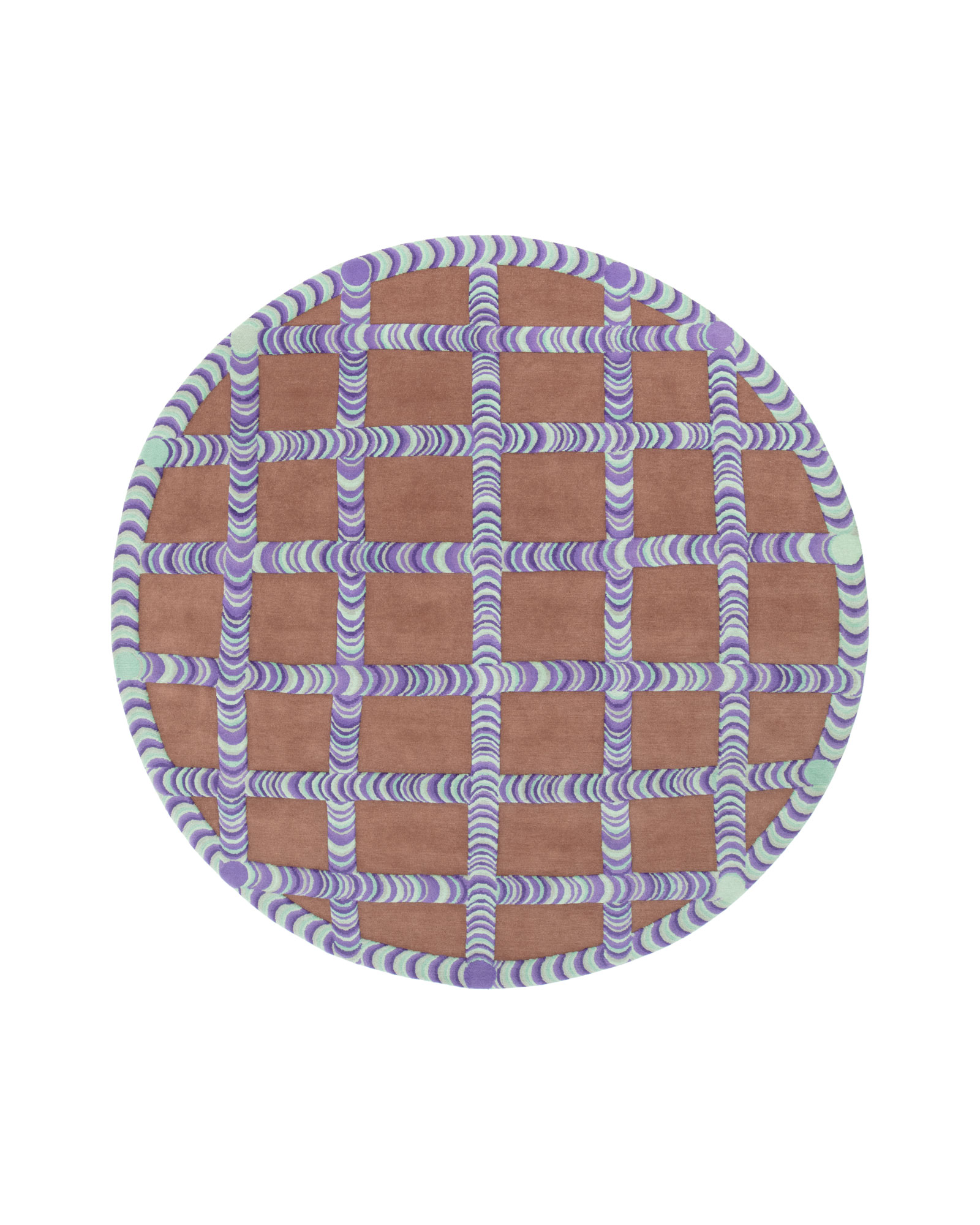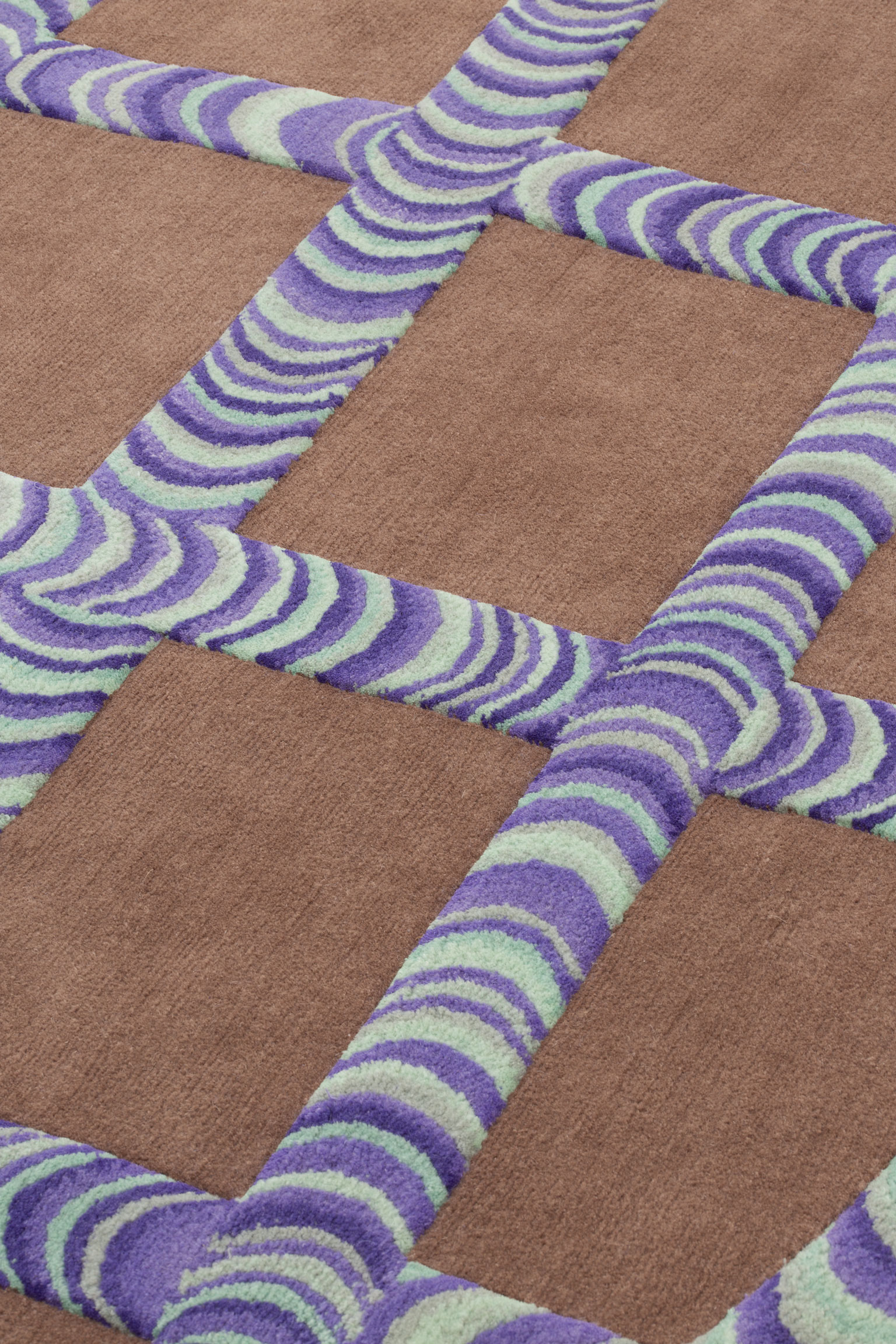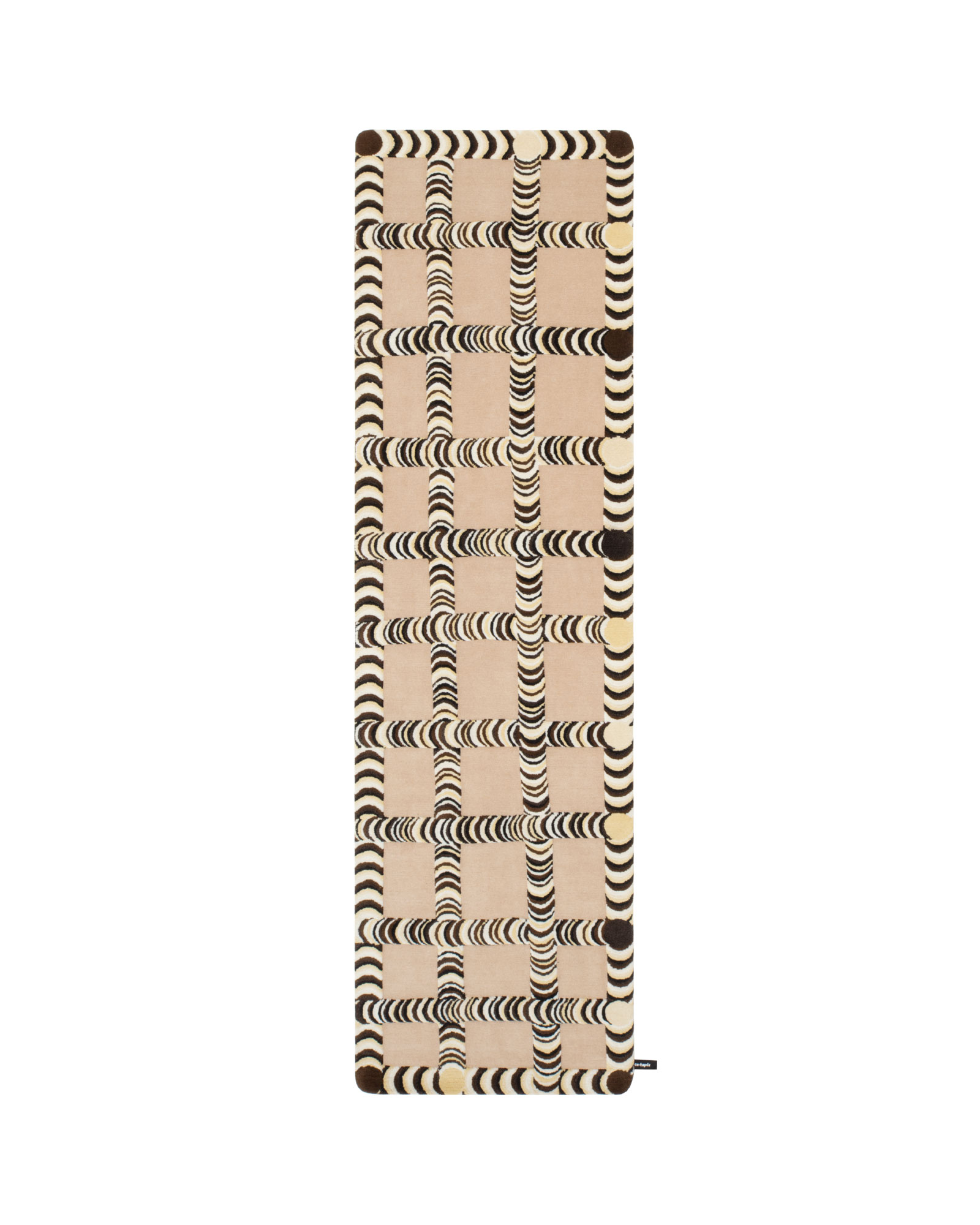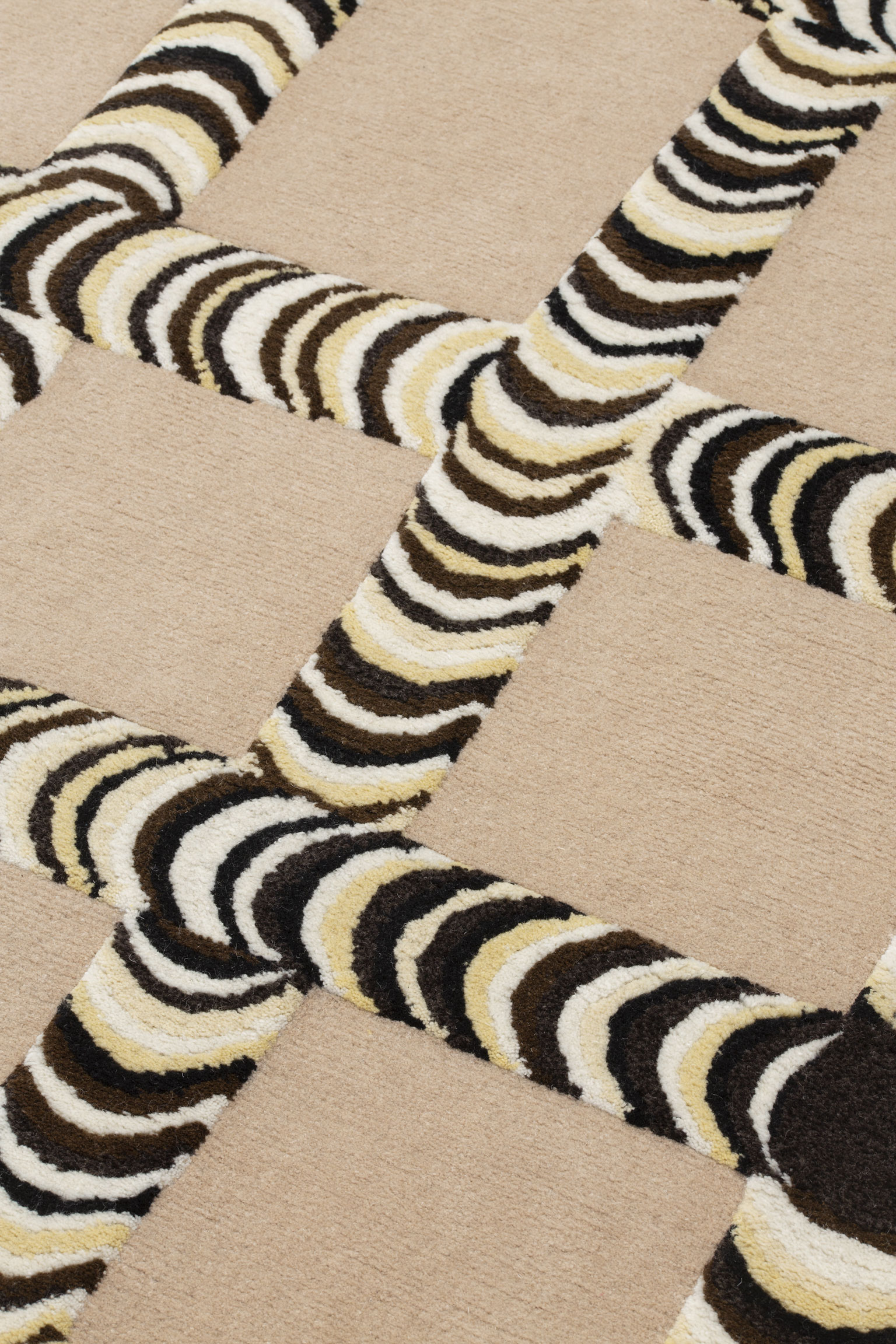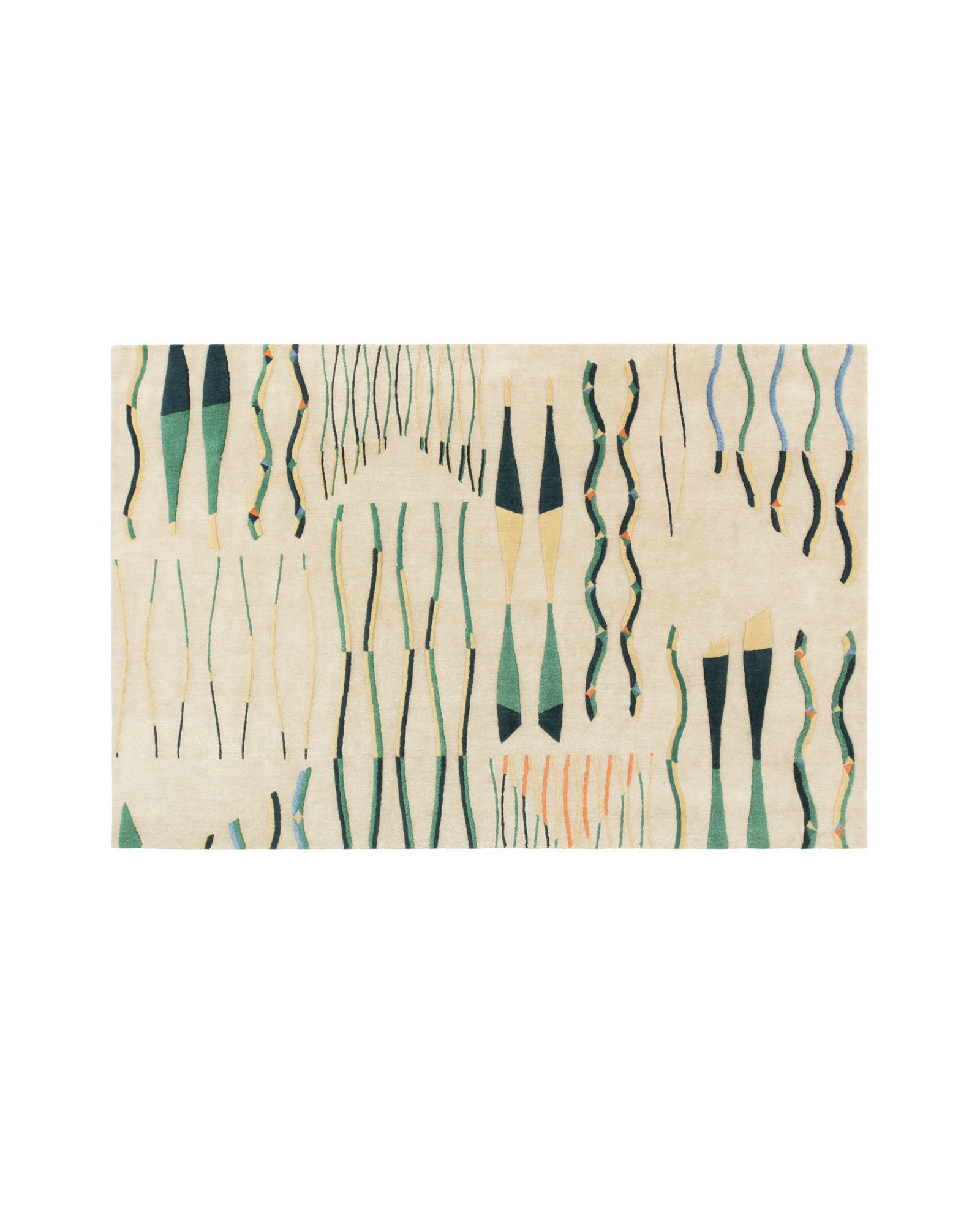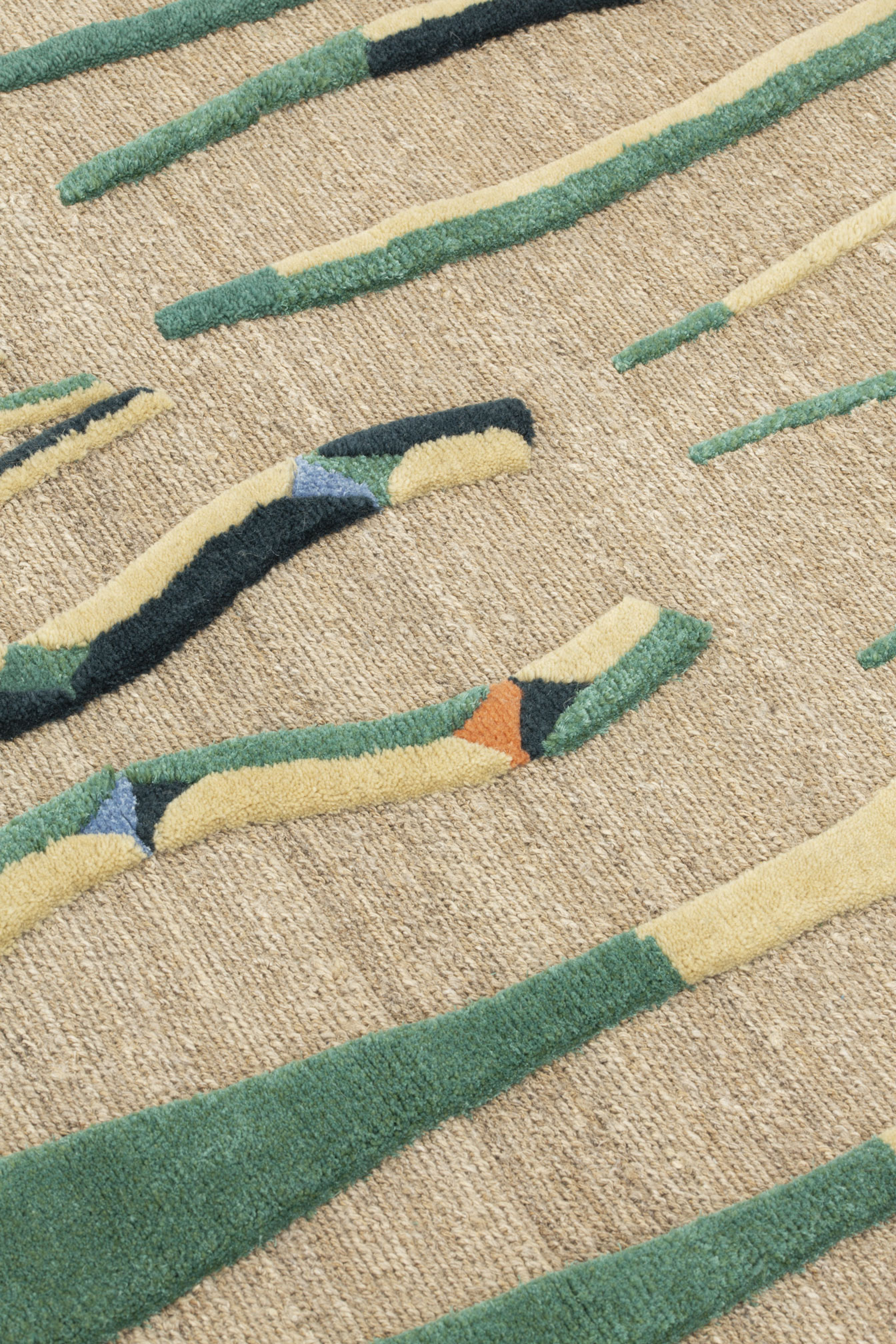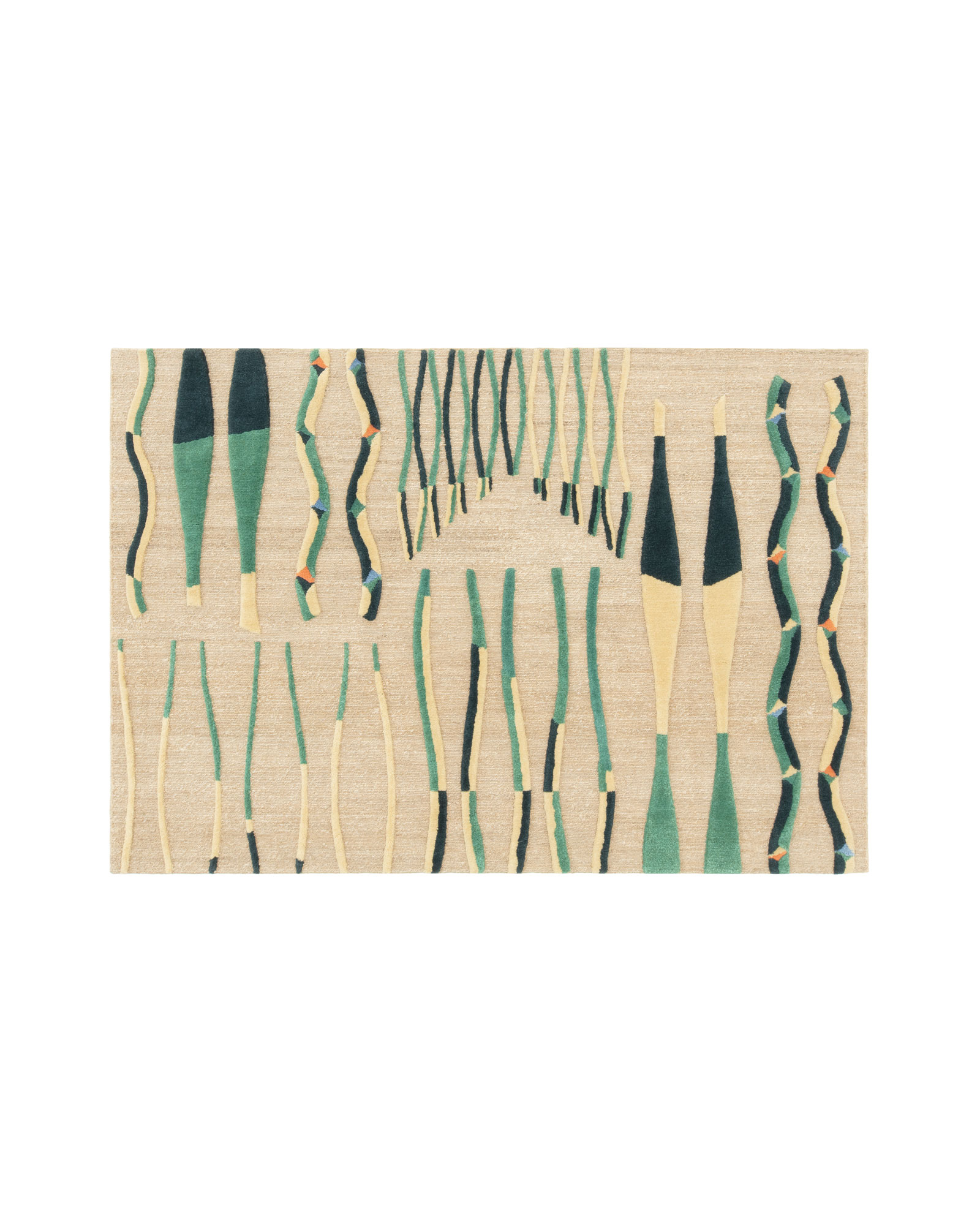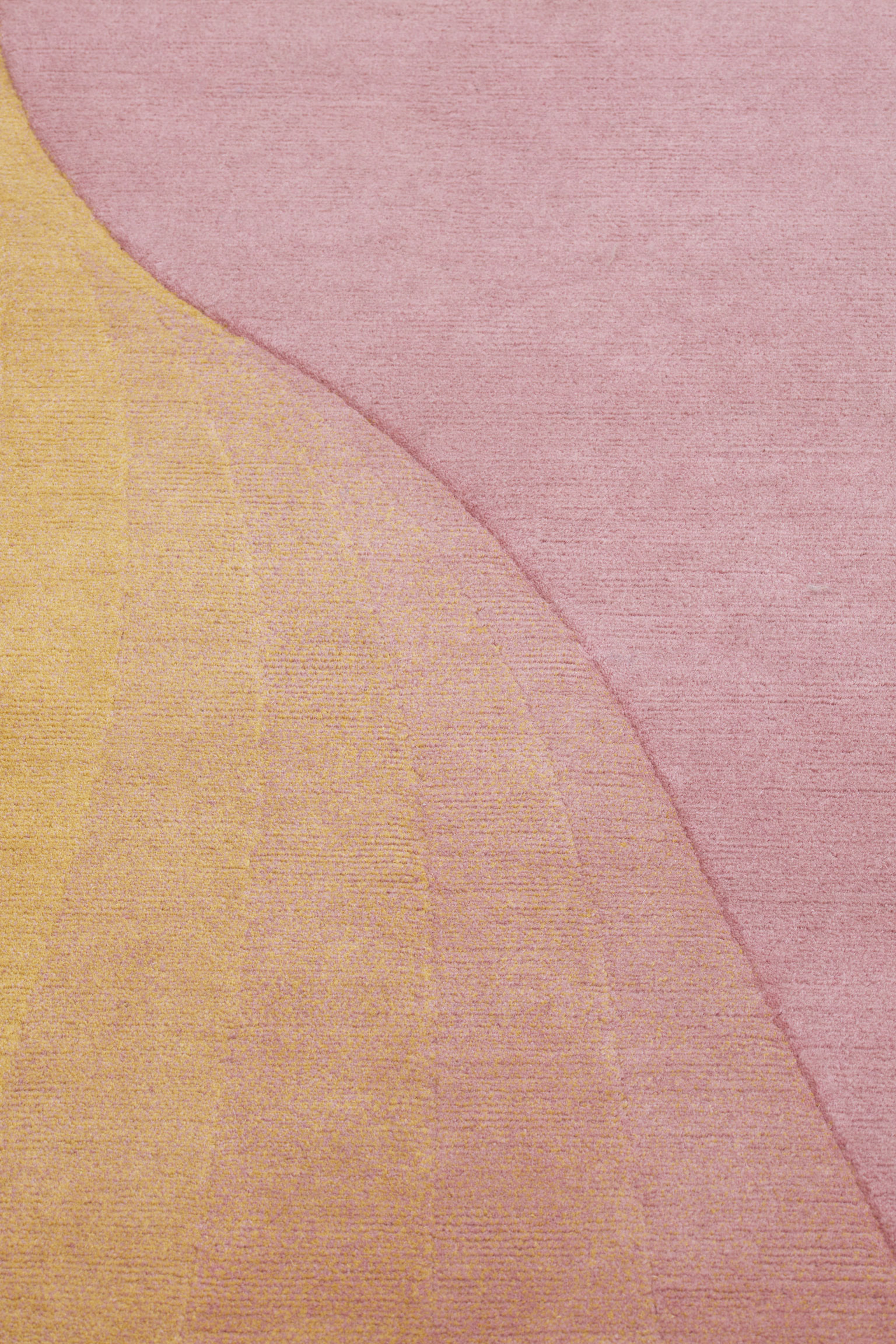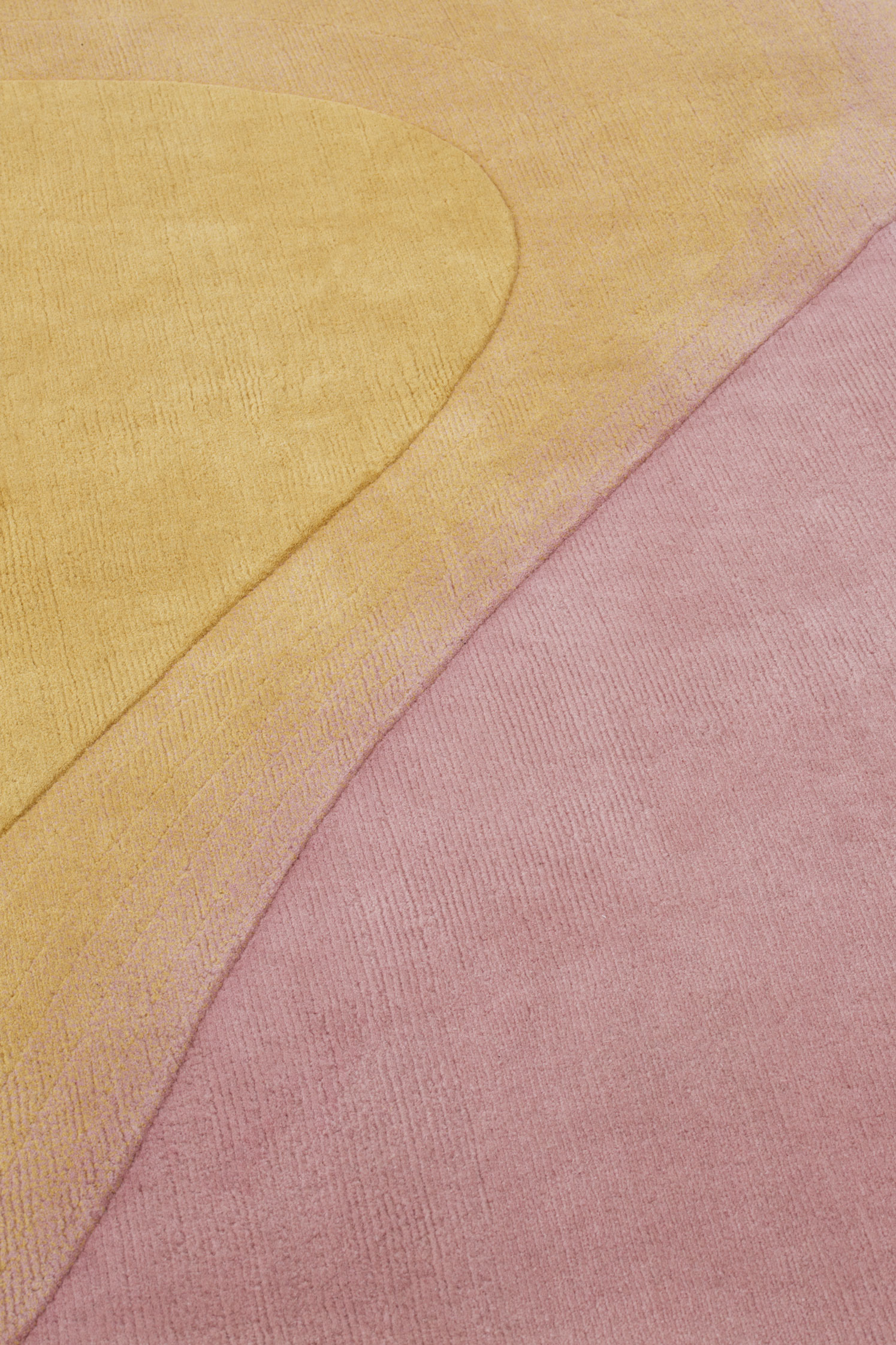-
01 Formafantasma
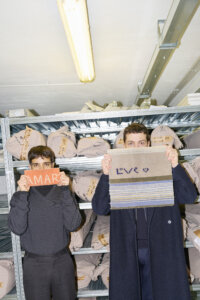 Formafantasma is a research-based design studio investigating the ecological, historical, political and social forces shaping the discipline of design today. Since founding the studio in 2009, Italians Andrea Trimarchi and Simone Farresin have championed the need for value – laden advocacy merged with holistic design thinking. Their aim is to facilitate a deeper understanding of both our natural and built environments and to propose transformative interventions through design and its material, technical, social, and discursive possibilities.
Formafantasma is a research-based design studio investigating the ecological, historical, political and social forces shaping the discipline of design today. Since founding the studio in 2009, Italians Andrea Trimarchi and Simone Farresin have championed the need for value – laden advocacy merged with holistic design thinking. Their aim is to facilitate a deeper understanding of both our natural and built environments and to propose transformative interventions through design and its material, technical, social, and discursive possibilities.TELEGRAM COLLECTION
A collection of rugs that goes beyond a celebration of the handmade to salute the individuality of the artisans behind the creation of the rugs.
cc-tapis has since its beginnings united the vision of cutting-edge designers with the artistry of traditional Tibetan rug-makers in Nepal. To craft the rugs, artisans meticulously twist yarns of natural Himalayan wool knot by knot, creating a rectangle from which the final free-form shape of a cc-tapis rug is cut, leaving corners and sections that are to be sheared off as excess which are then recycled by cc-tapis — areas where rug-makers are at liberty to express their own messages beyond the design’s borders, knotting words of their choosing into these extraneous parts.
“We wanted to remove the veil between us and the makers,” (…) “It’s the beginning of a dialogue, instead of merely a finished product.”
say Formafantasma’s Simone Farresin and Andrea Trimarchi.
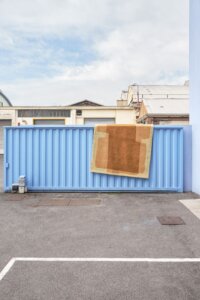
-
02 Patricia Urquiola
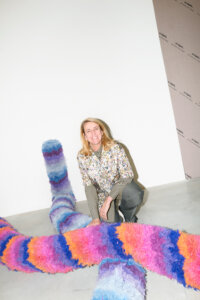 After the launch of the first prototype in 2022, Patricia Urquiola continues her exploration into digital drawings, expanding the graphic language of the Pipeline Collection with new vibrant revolutions.
After the launch of the first prototype in 2022, Patricia Urquiola continues her exploration into digital drawings, expanding the graphic language of the Pipeline Collection with new vibrant revolutions.PIPELINE COLLECTION
Research which began with the Slinkie Collection for cc-tapis, Pipeline is the translation of Urquiola’s digital artworks into an artisanal product. A series of connected tubes emerge from the surface of the rug and create a labyrinth of color whose volume gives a sense of depth to the rug. Multiple chromatic evolutions that develop through circular movements, overlapping on different levels of Himalayan wool, focusing the gaze on the space outlined by the tubes.
Traditional artisans transform Patricia Urquiola’s Pipeline signature elements into hand-knotted rugs and wall hanging pieces, rethinking the original design for both horizontal and vertical applications. Breaking traditional rug boundaries, blurring the line between design and art. Materials aid the evolution of the design as some tubes begin to grow from the surface of the rug as the pile morphs into different colors, rounded shapes and shaggy pile heights.
-
03 Objects of Common Interest
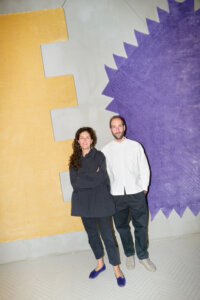 The Moiré Collection is the result of Objects of Common Interest’s research into the patterns which exist in natural materials. Eleni Petaloti and Leonidas Trampoukis, founders of the studio, have applied their multidisciplinary approach to a collection which combines visual research and the application of new production methods to 3 rug designs: Zig-zag, Splash and Quadratic. A collection which is the juxtaposition of the contemporary with the traditional and the experimentational with artisanal craftsmanship.
The Moiré Collection is the result of Objects of Common Interest’s research into the patterns which exist in natural materials. Eleni Petaloti and Leonidas Trampoukis, founders of the studio, have applied their multidisciplinary approach to a collection which combines visual research and the application of new production methods to 3 rug designs: Zig-zag, Splash and Quadratic. A collection which is the juxtaposition of the contemporary with the traditional and the experimentational with artisanal craftsmanship.MOIRÉ COLLECTION
“The 3 shapes are almost like cutouts of an endless landscape, frozen moments in time, samples extracted to be studied up close.”
The starting point and inspiration for Objects of Common Interest comes from the observation of landscapes and natural materials but specifically how they transform through erosion and decomposition. By exploring the natural pattens which exist in different types of woods such as maple and cherry, the studio dove into the visual illusions that are naturally present in the grain and fibers of wood, translating them into pattens similar to traditional Moiré textiles.
To create these delicate and complex patterns, cc-tapis and OoCI investigated jacquard weaving techniques, a production method which has been used for over two centuries primarily in the production of textiles.
A technique which is very rarely used in the world of rug-making due to its complexity, employing thousands of individual spools of yarn being connected to traditional horizontal Indian hand-looms. A technique which has pushed the boundaries of cc-tapis’ craftsmanship, expanding the company’s production capabilities.
-
04 Bethan Laura Wood
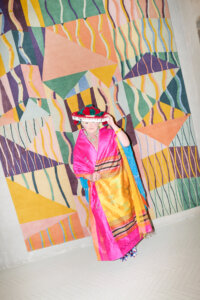 Bethan Laura Wood presents Guadalupe, rugs born from her archive of “public patterns” which she has collected during her travels. By exploring the world, Bethan constantly absorbs details from the environment around her. Her physical immersion into different cultures and urban cityscapes brings her personal archive of colors and textures to life, which she applies to her designs with surprising symbols and details.
Bethan Laura Wood presents Guadalupe, rugs born from her archive of “public patterns” which she has collected during her travels. By exploring the world, Bethan constantly absorbs details from the environment around her. Her physical immersion into different cultures and urban cityscapes brings her personal archive of colors and textures to life, which she applies to her designs with surprising symbols and details.GUADALUPE COLLECTION
Guadalupe Collection is inspired by The New Basilica of Our Lady of Guadalupe in Mexico City, one of the most visited religious sites in the world designed by Pedro Ramírez Vázquez together with four other architects in 1974; a symbol of Mexican culture. During her voyage to Mexico Bethan visited the Basilica and was captured by the graphical shapes of its stained-glass windows. Working with cc-tapis, she interpreted these shapes with a subtle nod to traditional Otomi embroideries, developing a rhythmic and expressive pattern applied to rugs and one wall hanging, hand-knotted pieces made with the finest natural materials such as Himalayan wool, linen, silk and aloe.
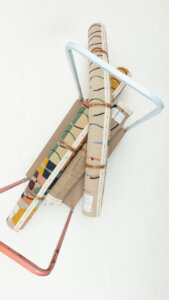
-
05 Germans Ermičs
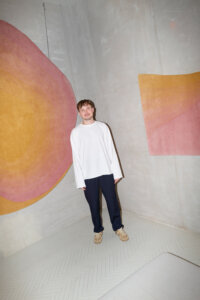 Germans Ermičs’ exploration of the symbiotic relationship between color and ornament continues, expanding the Tidal Collection with two new color combinations and a brand-new runner rug: Tidal Wave. Seen as the primary element, color adds a third dimension to the two-dimensional surface of each rug, moving and animating its design.
Germans Ermičs’ exploration of the symbiotic relationship between color and ornament continues, expanding the Tidal Collection with two new color combinations and a brand-new runner rug: Tidal Wave. Seen as the primary element, color adds a third dimension to the two-dimensional surface of each rug, moving and animating its design.TIDAL BICOLOR
“I start with basic geometric forms, circles, squares and rectangles and I let the design transform them,” the designer says of the process.
To create the soft fade effect central to the design of the collection, cc-tapis developed a new coloring system, combining threads of Himalayan wool in alternating saturations in a labor-intensive process that resulted in a delicate meditation on color and form.




